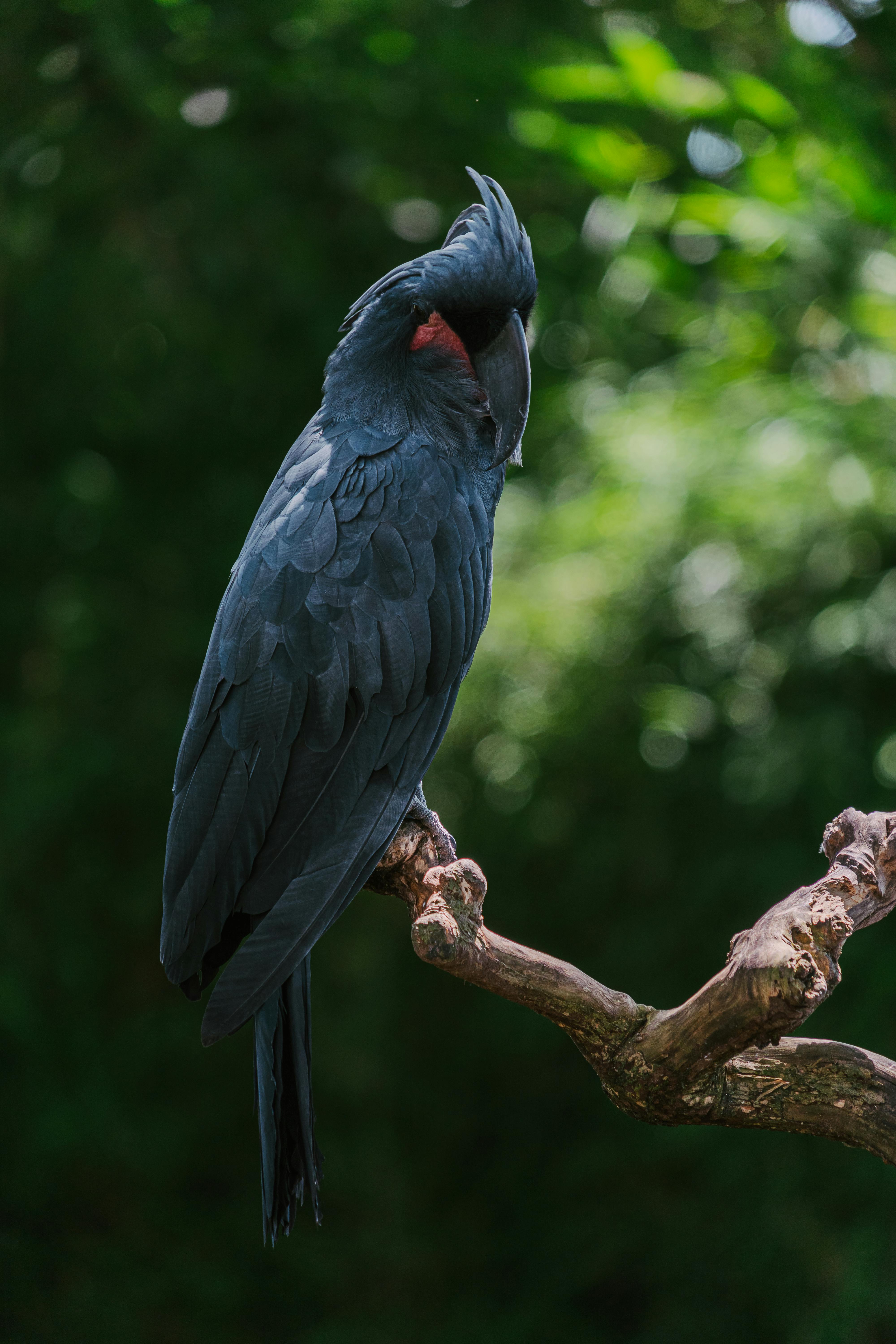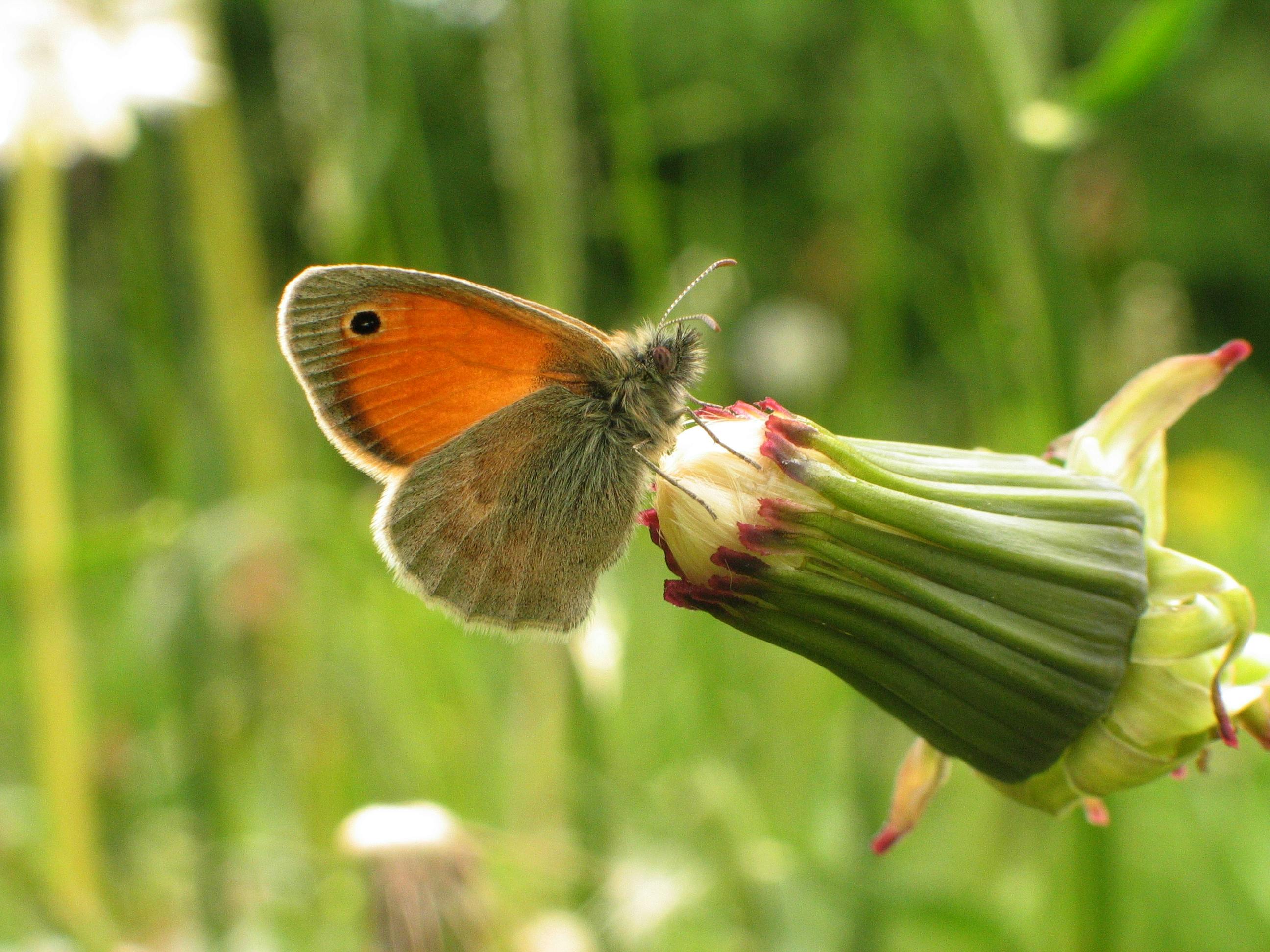Effective Ways to Care for Your Three-Eared Rabbit in 2025
The intriguing three-eared rabbit is not just a striking pet; it's also a marvel of nature and genetics. Having gained popularity among pet enthusiasts and owners alike, this unique rabbit serves as both a companion and a conversation starter. The purpose of this article is to explore effective ways to care for your three-eared rabbit while providing insights into its unique anatomy and behavior. Understanding the specific needs of these extraordinary rabbits will enable pet owners to create the best environment for their furry companions, ensuring their health, happiness, and overall well-being.
From basic pet care tips to deeper insights into the peculiarities of three-eared rabbits, you'll find valuable information that not only addresses the basics of bunny care but also highlights the considerations necessary for pets with such unusual traits. Additionally, we will delve into the astonishing genetics that make these rabbits so extraordinary. Together, we will navigate the world of uniquely shaped pets and how to provide them with the ideal care they deserve.
Key takeaways you'll learn include specialized feeding practices, grooming techniques, habitat requirements, and important health considerations. By the end of this article, you will be well-equipped to make informed decisions and provide optimal care for your extraordinary rabbit, fostering a healthy and harmonious relationship.
Understanding the Unique Anatomy of Three-Eared Rabbits
Building on the foundations of pet ownership, it’s important to first explore the unique anatomical features of three-eared rabbits. Unlike typical rabbits, these creatures possess an extra ear, which raises questions about their genetics and functionality. While the concept of a rabbit with three ears may seem surreal, these peculiar rabbits showcase nature's fascinating diversity.
Three-eared rabbits are a product of genetic mutation. This irregularity involves variations in their DNA, producing not only an additional ear but also intriguing traits related to their behavior and functions. Understanding these abnormalities can help owners adapt their care strategies to fit the unique needs of their pets, ensuring that their experience aligns with the specific characteristics associated with their genetic makeup.
Moreover, knowing about rabbit anatomy allows owners to better understand how this mutation affects the rabbit’s auditory functions. While it generally does not hinder their ability to hear, some nuances may arise that require attention during training or grooming. This knowledge not only aids in day-to-day care but also enhances the bond between owner and pet, fostering a healthy environment for growth.
This naturally leads us to the essential strategies for taking care of your three-eared pet, focusing on feeding, grooming, and overall health.
Feeding Your Three-Eared Rabbit
Proper nutrition is at the heart of pet rabbit care. Understanding what to feed your three-eared rabbit is crucial, as their unique needs may differ from standard rabbit breeds. A balanced diet primarily consists of fresh hay, high-quality pellets, and a variety of vegetables. Ensure that hay is the foundation of their diet to provide necessary fiber for digestion.
Rabbits are notorious for their selective feeding habits, so introduce new foods gradually. Dark leafy greens like kale, romaine lettuce, and parsley function as excellent additions. Additionally, herbs such as basil and cilantro can make for thematic treats. However, be cautious of rich or starchy vegetables like carrots or corn, as these can cause digestive distress.
Hydration is equally vital. Providing clean, fresh water daily ensures your rabbit stays hydrated, especially after a diet high in fiber. A heavy ceramic dish can prevent spills, while a water bottle may help keep the area tidy. Always monitor your rabbit's appetite to identify any dietary issues early on.
Expert recommendations suggest seeking veterinary advice to tailor a diet plan that best suits your particular three-eared rabbit. Regular check-ups can also identify any potential health issues related to diet.
With the feeding approach established, it's essential to tackle grooming practices to maintain their unique physiology and appearance.
Grooming Practices for Your Unique Rabbit
Grooming your three-eared rabbit requires consistent and compassionate attention to detail. Their anatomy, particularly the additional ear, needs special care to avoid health complications such as wax buildup or infections. Regular grooming not only keeps them looking their best but also plays a significant role in enhancing their overall health.
Start by brushing your rabbit at least once a week, utilizing a slicker brush or a comb to remove loose fur and minimize shedding. During shedding seasons, you may need to increase brushing frequency. This activity serves as a bonding experience and helps prevent hairballs, which can be detrimental to rabbit health.
Pay particular attention to the extra ear. Gently clean it with a soft, damp cloth to remove dirt and wax buildup, being sure not to insert anything into the ear canal as this can cause injury. Regular checks for signs of infections, like discharge or unpleasant odors, will ensure early detection of potential health issues.
Moreover, nail trimming is crucial in grooming. Monitor their nails regularly and trim them every few weeks to prevent overgrowth and discomfort. Many pet owners find it beneficial to establish a routine that includes grooming as a means of reassuring their pets and promoting relaxation.
Understanding grooming needs not only contributes to physical health but also dramatically affects their mental wellbeing. A well-groomed rabbit often exhibits improved mood and behavior, leading to a better overall environment.
With grooming and feeding addressed, we must consider the ideal habitat to ensure a conducive living space for your three-eared companion.
Creating the Ideal Habitat for Your Three-Eared Rabbit
With these basics established, let's explore how to create a safe and comfortable habitat for your three-eared rabbit. Proper housing ensures that your pet thrives, allowing them to explore, play, and feel secure. Start by selecting an appropriate enclosure that provides ample space for movement and exercise; a hutch with designated areas for sleeping, eating, and playing is essential.
Three-eared rabbits can live happily indoors or outdoors; however, indoor environments typically provide better protection against predators and weather extremes. If opting for an outdoor setup, ensure the area is secure from predators and has protection from harsh weather conditions.
Providing enrichment is key in keeping your rabbit mentally stimulated. Incorporate toys, tunnels, and safe chew items into their habitat to encourage natural behaviors. Additionally, access to safe plants and herbs can enhance their environment and provide exciting foraging opportunities.
Equally important is safety; ensure that the enclosure is free from hazardous objects and provide a comfortable bedding area with hay or fleece to maintain warmth and comfort. Monitor the enclosure regularly for cleanliness since rabbits are prone to certain health issues related to unsanitary conditions.
Finally, consider the location of the habitat. Choose a quiet, low-traffic area to minimize stress for your three-eared rabbit. A peaceful environment fosters a relaxed temperament, which directly impacts their health and happiness.
Now that the habitat is established, transitioning to health considerations will be essential for maintaining the well-being of your unique companion.
Key Health Considerations for Your Three-Eared Rabbit
Connected to the principles of habitat and care, addressing health concerns is vital when owning a three-eared rabbit. Understanding potential health issues associated with their unique genetics allows pet owners to promote longevity and mental wellbeing.
Routine veterinary visits are paramount in identifying and preventing health issues. A licensed veterinarian should perform check-ups at least annually, and they can provide essential information regarding vaccinations, parasite control and overall wellness. Early detection of health issues enhances the chance of successful treatment.
Common health issues that may affect three-eared rabbits include dental problems, obesity, and gastrointestinal issues. Regular monitoring of eating habits, weight, and dental health can help prevent serious complications over time. Providing appropriate chew toys aids in maintaining dental hygiene.
Another notable consideration is the potential for infections or complications related to their unique anatomy. Regular ear cleanings and check-ups will ensure timely treatment of any abnormalities. Being aware of symptoms such as loss of appetite, lethargy, or unusual behavior can assist in early detection of underlying health problems.
In addition to veterinary care, it’s essential for owners to educate themselves on the signs of stress or discomfort in their rabbits. Creating a harmonious environment will require commitment and attentiveness to their needs, enabling your rabbit to lead a happy and fulfilling life.
This naturally leads us to the fascinating topic of training and bonding with your three-eared rabbit, which can enhance both ownership and companionship.
Training Your Three-Eared Rabbit: Best Practices
With an understanding of habitats and health, enhancing your relationship with your three-eared rabbit through training offers numerous benefits. Training allows for better communication and helps establish trust between owner and pet, leading to a more satisfying companionship. Using positive reinforcement techniques will yield the best results; focus on rewarding desirable behaviors with treats or affection.
Start with basic commands such as “come” or “stay.” Patience and consistency are key; repeat training sessions in short intervals to maintain your rabbit's attention. Observe their progress to identify your rabbit's learning pace. Be mindful to avoid punishment, as this can lead to fear and mistrust, making training more challenging.
House training is also an attainable goal for many rabbit owners. Start by designating a “potty area” within their enclosure using a litter box filled with appropriate litter materials. Observing your rabbit's habits will help create a successful training routine. Remember that accidents may occur, but positive reinforcement will encourage progress.
Enrichment practices should also be integrated into training. Providing toys that require problem-solving will stimulate your rabbit and enhance their learning experience. Socialization is crucial; gently exposing them to various environments, sounds, and people will help them adapt to new situations and develop a well-rounded personality.
Continuing to research effective methods and techniques will enhance your abilities as a rabbit owner and strengthen your bond with your three-eared companion. Such knowledge empowers you to become an advocate for their well-being.
 example.com/image2.png
example.com/image2.png
Conclusion: The Joy of Unique Pet Ownership
In conclusion, caring for a three-eared rabbit is a rewarding experience that involves understanding their unique needs and characteristics. By following effective care strategies—such as specialized feeding, grooming, habitat creation, health monitoring, and training—you can provide a fulfilling life for your extraordinary pet.
Three-eared rabbits exemplify nature's fascinating diversity and the beauty of unique animal mutations. Their charming traits and whimsical appearance make them exceptional companions for those willing to embrace their differences. As a rabbit owner, you'll be part of a community that values the extraordinary features of this peculiar breed, advocating for animal welfare and genetic diversity.
Every pet is a commitment, and unique animals like the three-eared rabbit require thoughtful consideration and care. Embark on this rewarding journey with confidence, knowing that the joy of unique pet ownership extends beyond mere aesthetics; it reflects a deep appreciation for the uniqueness of life itself.
 example.com/image3.png
```
example.com/image3.png
``` 